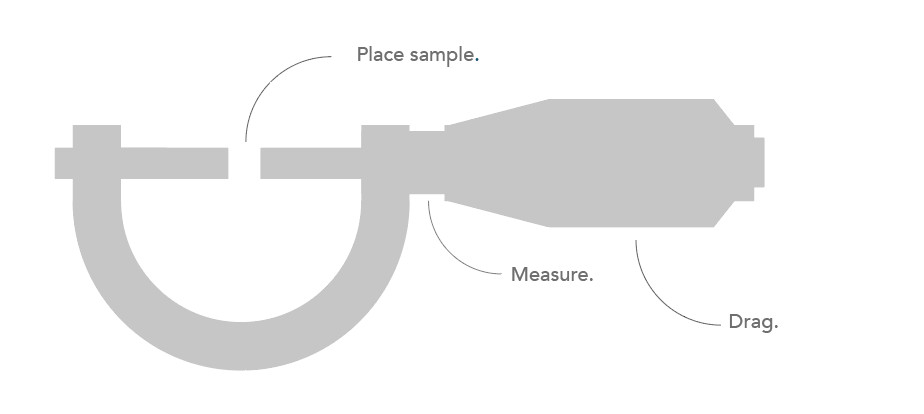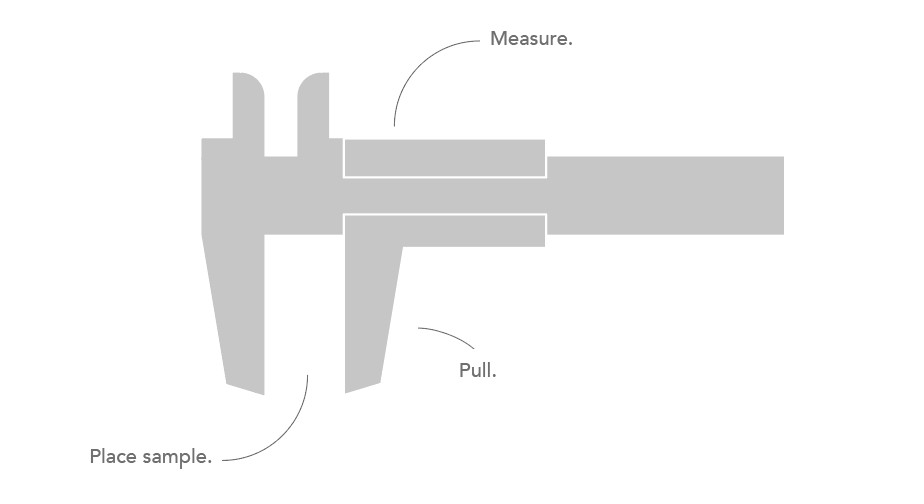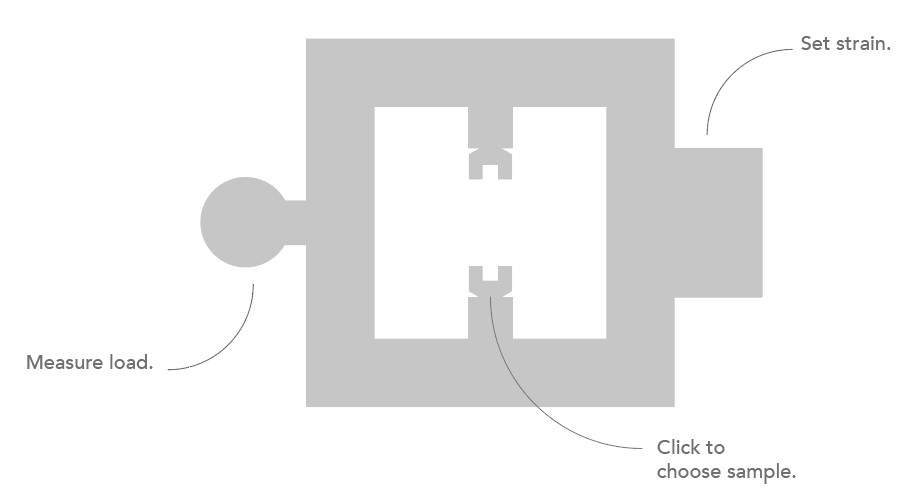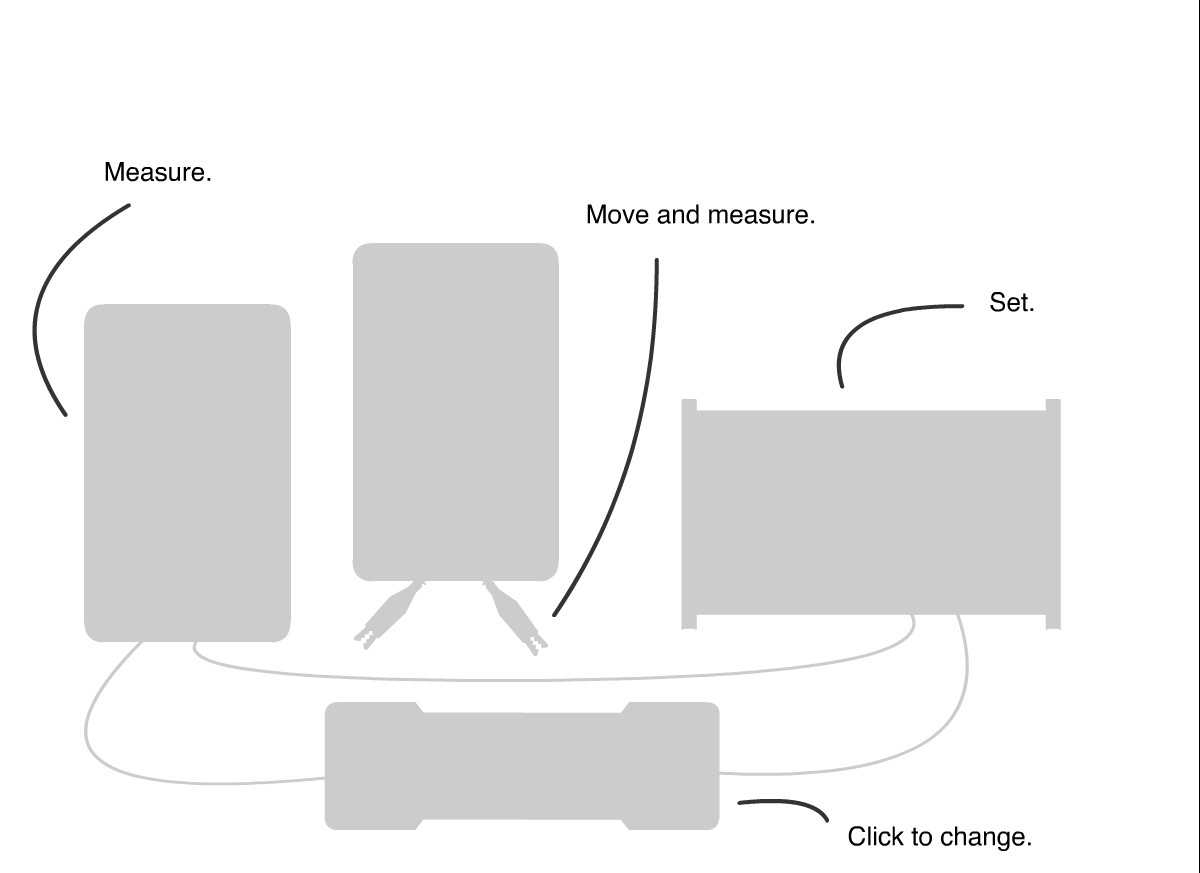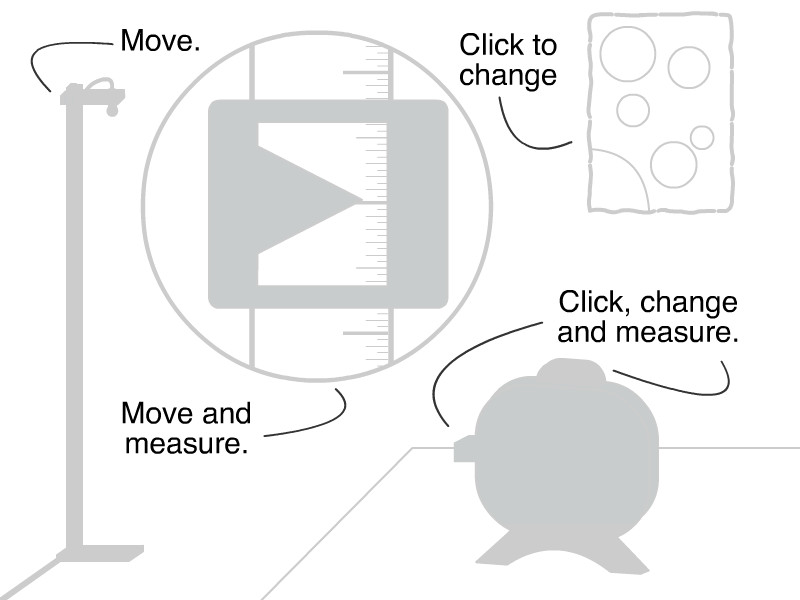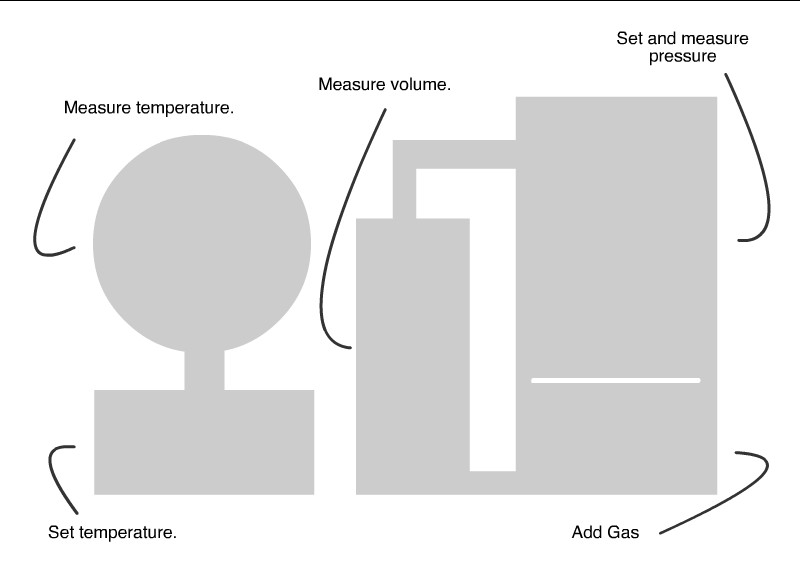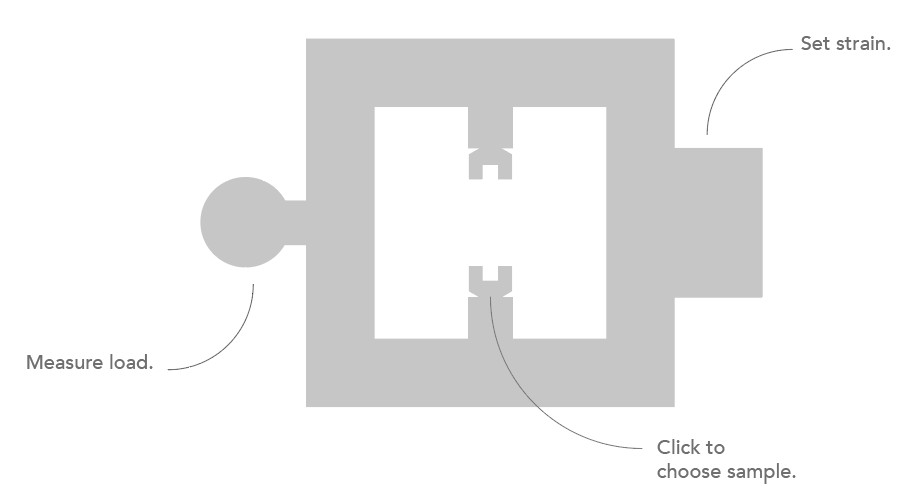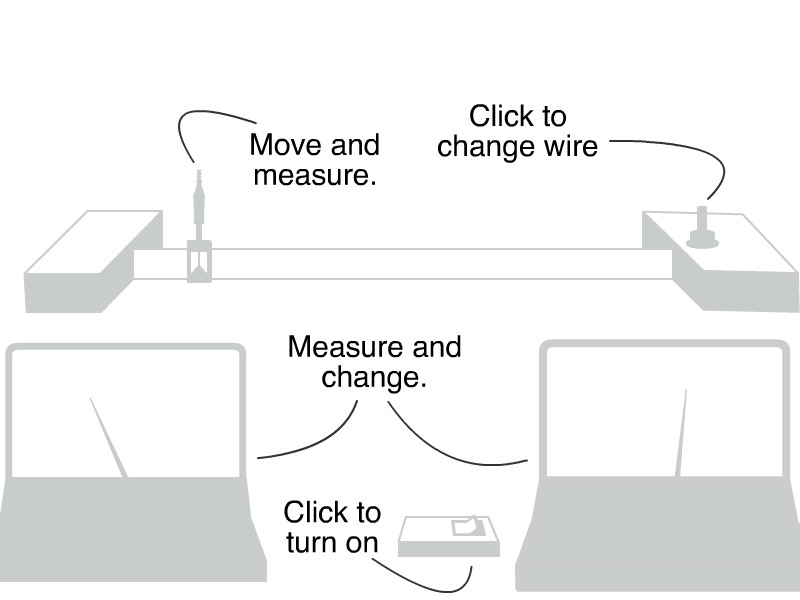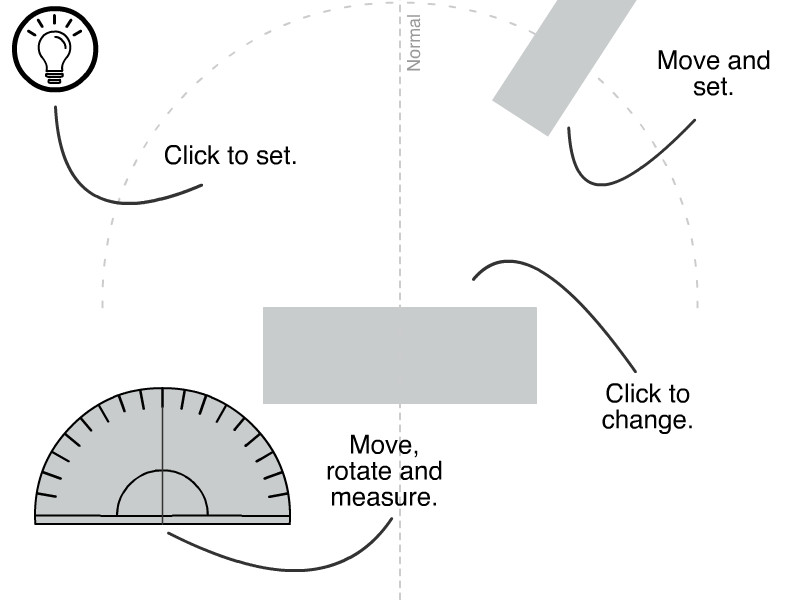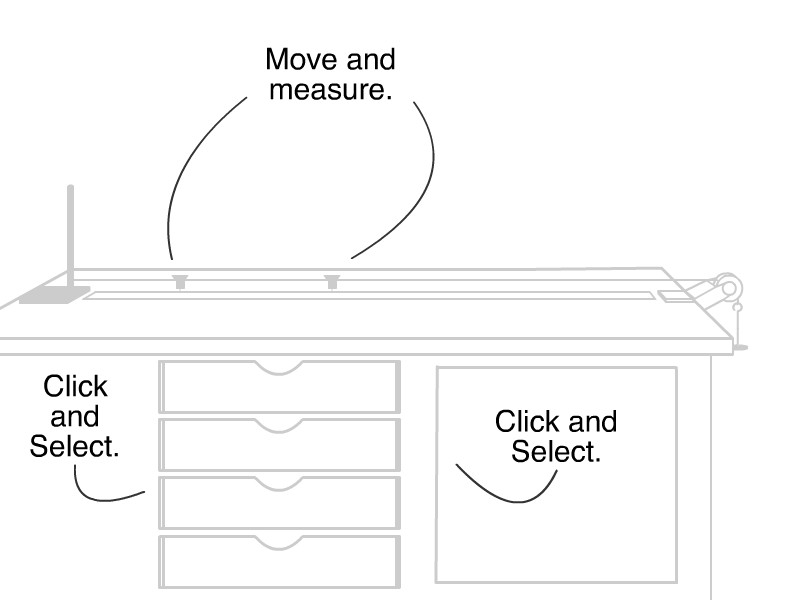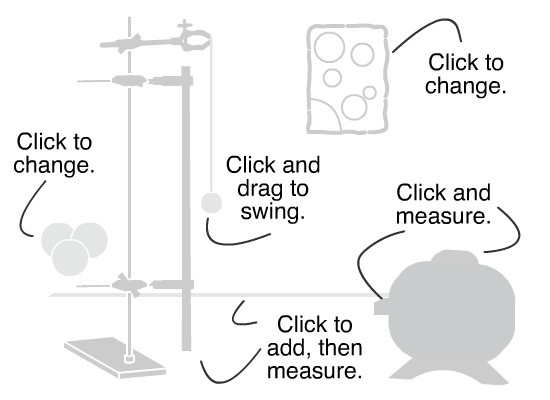Simple harmonic motion can be seen all around us in objects and applications that improve our lives. However, it is also seen in the fundamental behaviour of molecules and materials, although this usually occurs at frequencies and length scales that require scientific instruments for us to observe them.
A child on a park swing will just be enjoying the ride, probably unaware that the swing’s movement is an example of simple harmonic motion, or SHM.
The same child might go on a larger ride, such as a Pirate Ship, at an amusement park. The ride’s designers will have used simple harmonic motion principles to calculate the frequency of the Pirate Ship, its maximum speed, and the forces involved, and use this to specify the construction materials and the electric motor that should be used.
Musical instruments often use simple harmonic motion. For example, the strings of stringed instruments such as a guitar or violin vibrate back-and-forth in a way that obeys simple harmonic motion.
Our understanding and measurement of time has been affected by simple harmonic motion. Pendulum clocks use the regular, simple harmonic motion of a pendulum mass to determine how fast the clock hands move, while this is done in quartz clocks and watches using the simple harmonic vibrations of a quartz crystal.
Shock absorbers, including those in cars, use springs in an oil that move with ‘damped’ harmonic motion to reduce vibrations and give the vehicle passengers a smoother ride.
Simple harmonic motion is important for hearing too. The cochlea in our ears is lined with hairs called stereocilia just 0.01 – 0.05 mm in length. These hairs vibrate when particular frequencies of sound are transmitted through the cochlea and give us our sense of hearing.
The electronic bonds that hold atoms together in molecules and solids create forces that try to return atoms to equilibrium positions. This results in simple harmonic motion, even at this atomic scale.
Different molecules have atoms and groups of atoms with different masses bonded in different ways (e.g., single or double bonds) that can also vibrate in different ways (e.g. three atoms bonded along a single axis can all vibrate along the axis or laterally to it). This means that molecules have different sets of vibrational frequencies that absorb light of the same frequencies, usually infrared light. Forms of infrared spectroscopy are therefore used to find what molecules are in a measured sample.
These vibrations are one of the main ways molecules and solids absorb thermal energy, and increasing the temperature of molecules or solids will increase the amplitude of their simple harmonic vibrations.
There are also some sophisticated scientific effects that show simple harmonic motion. One example is electrons at the surface of some metals. A sea of conduction electrons can form, which then acts as a single object. This sea of electrons, known as a surface plasmon, can be made to oscillate across the metal using light. The simple harmonic motion of surface plasmons is currently being developed in research labs to create high sensitivity detectors (e.g., of molecules, proteins, and bacteria), computer chips thousands of times faster than those we have today, and even improved makeup!







